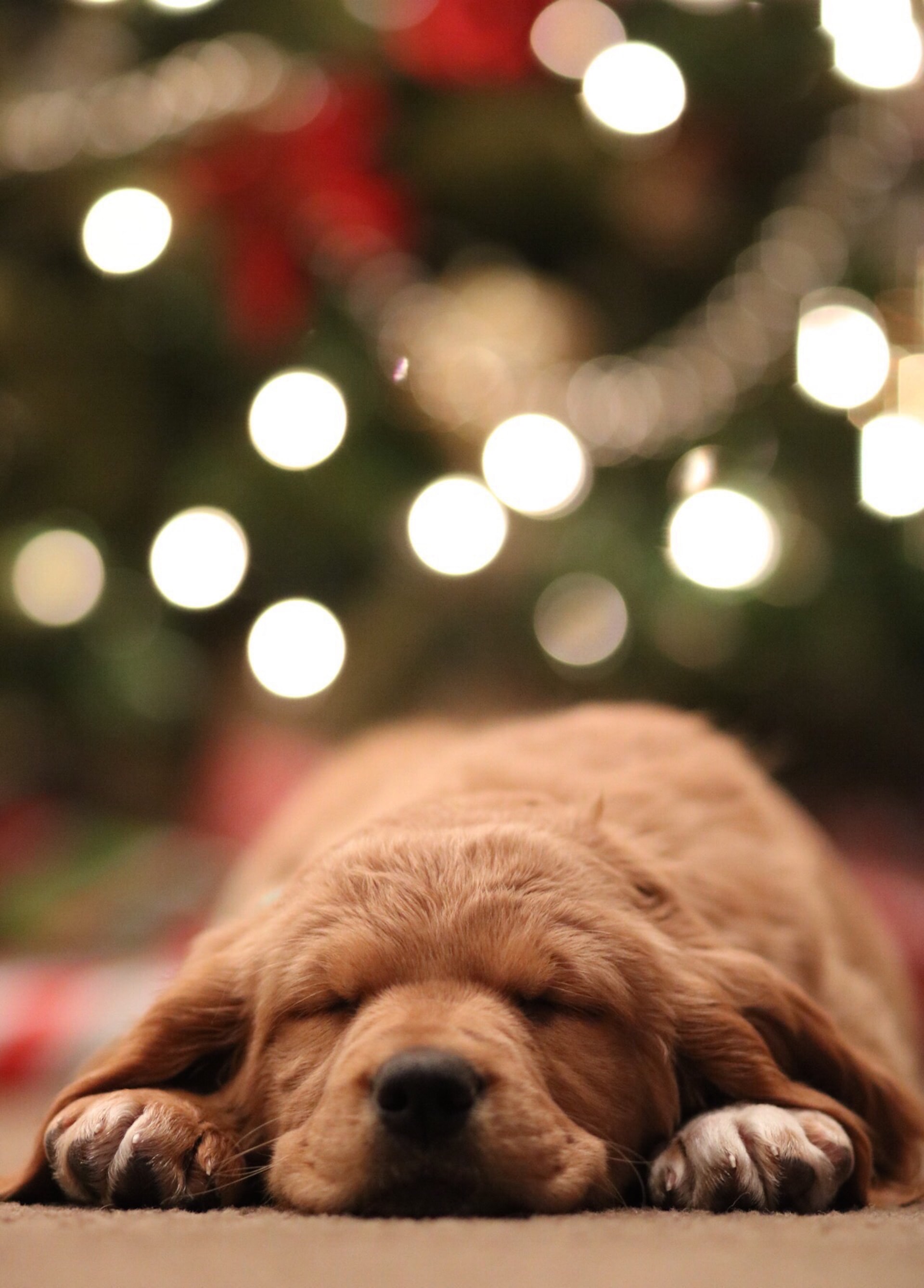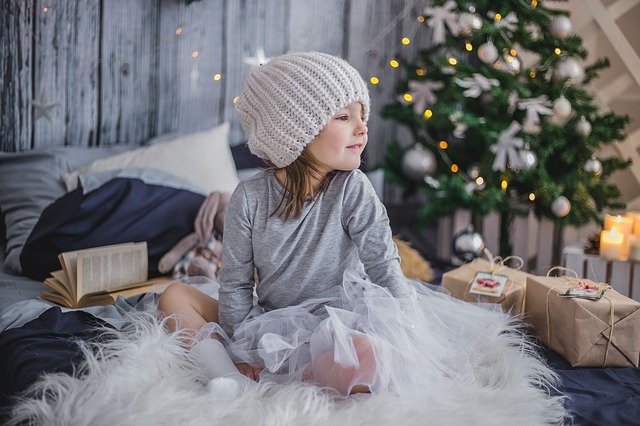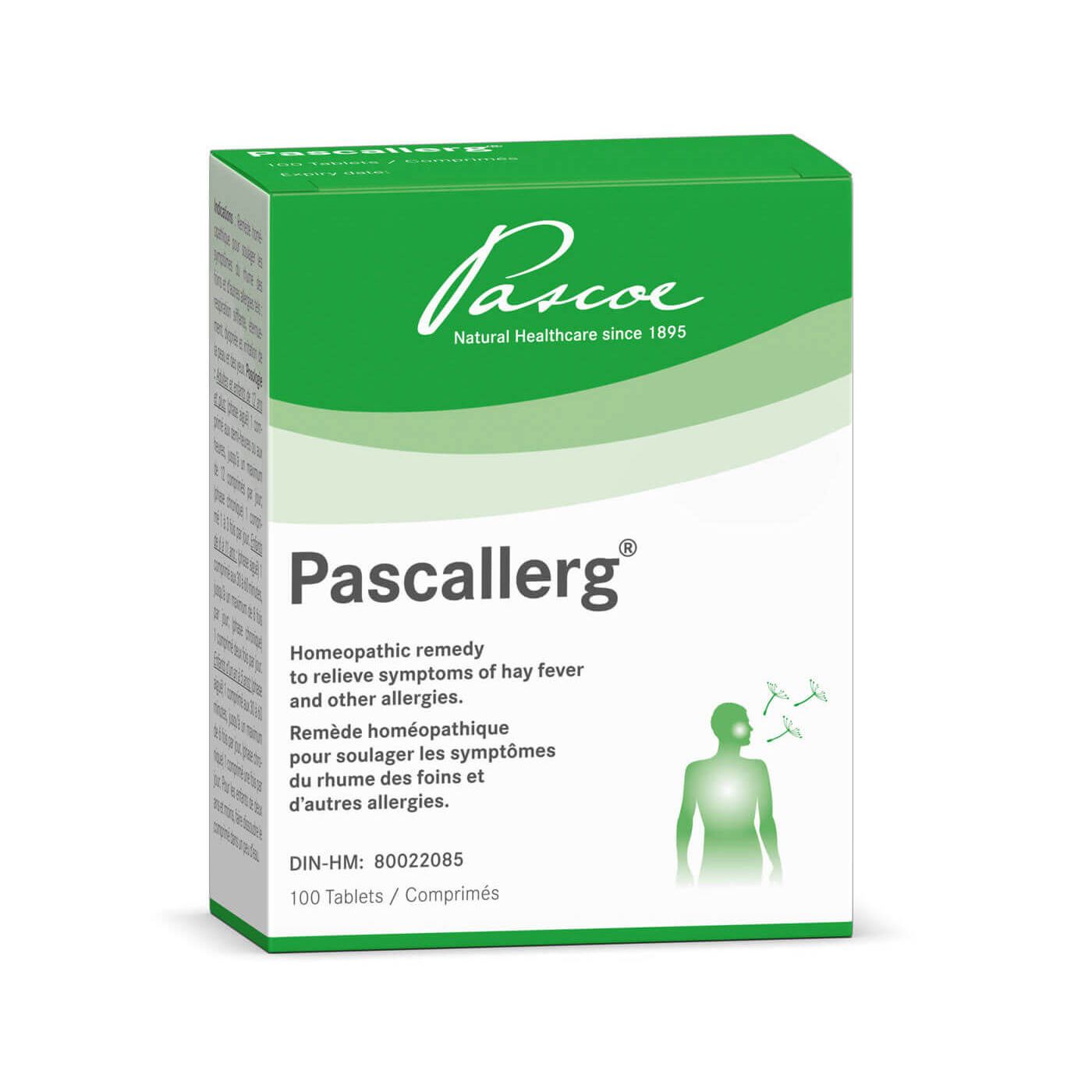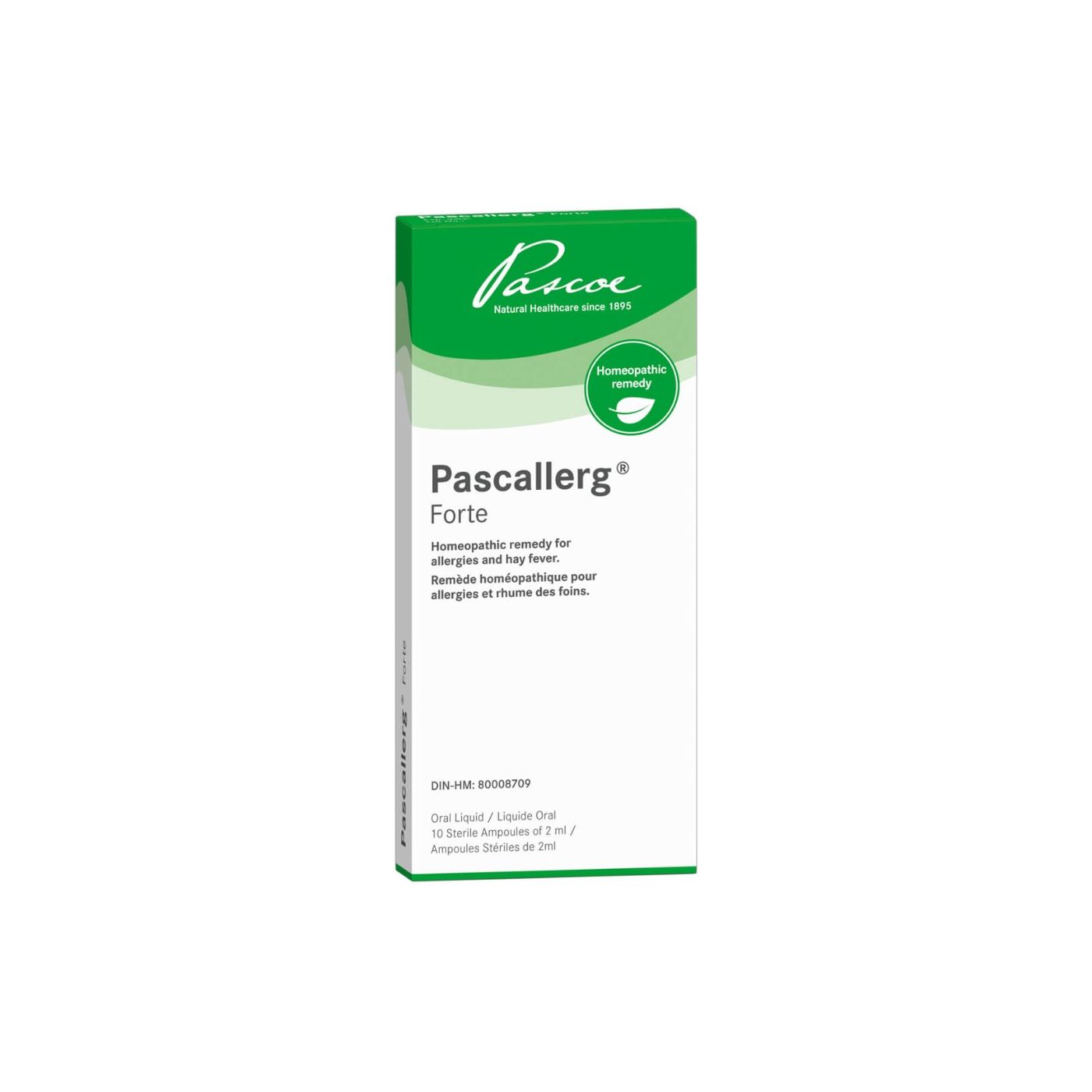'Tis the Season for Holiday Allergies!
Runny nose, sore throat, congestion - all the classic signs of a cold, but have you considered that winter allergies may be the culprit of your symptoms?
Understandably, the appearance of allergy symptoms is incredibly hard to distinguish from the common cold. More so, we know that pollen (the most notable allergy trigger) isn't floating around during the snowy season. So where are your allergens hiding?
Causes of Winter Allergies
We can't blame you for spending more time inside as the temperatures drop below freezing, and of course due to the looming COVID. The short, dark days of winter aren't very inviting. However, you might unknowingly be exposing yourself to an allergy lurking inside your home. The most notorious winter allergies putting a damper on holiday fun are:
- Dust Mites: Not to be confused with bedbugs, dust mites are a different type of microscopic creature. Dust mites are common asthma and allergy triggers that feed off of dead skin cells. Which is why dust mites make their home in areas where dead skin cells accumulate. Yuck. This includes bedding, furniture, carpeting, and stuffed animals. Common allergy symptoms or a dust mite allergic reaction include red, itchy skin, watery eyes, postnatal drip, sneezing, and coughing.
- Pet Dander: To be clear, you are not allergic to your pet itself or the fur. Rather, the animal allergens causing your symptoms are elements found in urine, saliva, and pet dander. When you take your dog for a walk, they leave the allergens outside. But during the winter just like you, your pets are spending more time indoors. Also, your pets grow thicker coats during the winter. Thicker fur means more allergens get trapped and worsen your pet allergy.


- Mould: Just because you can't see mould, doesn't mean it's not there. Mould might be growing in your leaky pipes or under your bathroom sink. During the winter months, certain areas of your home may experience intensified levels of humidity because of improper ventilation. Cold, damp air is perfect for mould to thrive. Windows aren't usually open in the winter as well, which causes condensation to collect on window frames and walls creating the ideal condition for mould allergies. Have you taken a look at your Christmas tree and wreath lately? Even fresh trees and artificial decorations aren't dust and mold-free and cause seasonal allergies.
- Food: Hanukkah, Christmas, Kwanzaa... whatever you celebrate this winter season means holiday parties galore, copious amounts of foods, and an increased chance you'll accidentally bite into food you're allergic to.
It may seem hardly fair but if you are prone to summer allergies, chances are you're at risk for winter allergies too. It all boils down to the fact that winter allergies and symptoms are caused by spending more time in an enclosed space forcing your immune system into overdrive. The question is, what can you do about it?
How to Allergy-Proof Your Home
- Dust, Wipe, Clean: Ornaments, Christmas trees, linens... basically every surface of your home is a source for indoor allergies. Especially, if these items have been sitting in storage for the last 10 months or have been exposed to dampness and moisture. Wash your hands and face frequently and your bedding in hot water at least twice a month to keep your symptoms under control.
- Invest in an Air Purifier or Dehumidifier: Obviously, you can't scrub and disinfect your home wall-to-wall year-round. Placing a high-efficiency air purifier, such as HEPA, in your house can help improve the air quality and keep indoor allergens at bay. For severe asthma and allergy sufferers, an air purifier can help remove dust allergies, animal dander, mold spores, pollen and other airborne irritants from the environment.


- Over-the-Counter Medications: Antihistamines and decongestants can help relieve winter allergy symptoms. They help to alleviate symptoms such as nasal congestion, asthma, itchy eyes, sneezing, and swelling.
- Immunotherapy: Also known as allergy shots administered by allergists, has been especially beneficial in the treatment of allergic rhinitis, asthma, and conjunctivitis according to the FACAAI. The preventative treatment involves a board-certified allergist giving patients gradually increasing doses of the allergen, such as pollen. In doing so, the immune system becomes less sensitive to the allergic substance which reduces the symptoms of winter allergies.
- Try a Natural Alternative: Pascallerg® is a homeopathic remedy to relieve symptoms of hay fever and other allergies. This includes sneezing, wheezing, dyspnea, and itching of the skin and eye. The non-drowsy and non-sedating remedy can be used by the entire family and is suitable for ages 1 and older. Pascallerg® acts like an anti-histamine and homeopathic alternative to allergen immunotherapy and decongestants to provide fast and effective relief. Pascallerg® is effective in treating all types of allergy symptoms, including, but not limited to:
- Plants - pollen from grasses and plants (hay fever or seasonal allergies)
- Food - seafood, tree nuts, eggs, mil, sesame and soy products
- Insects- dust mites, bees and wasps
- Medicines - (non) prescription antibiotics like penicillin and aspirin
- Animal dander - fur and skin flakes
- Chemicals - household cleaning products, skin lotions and soaps




